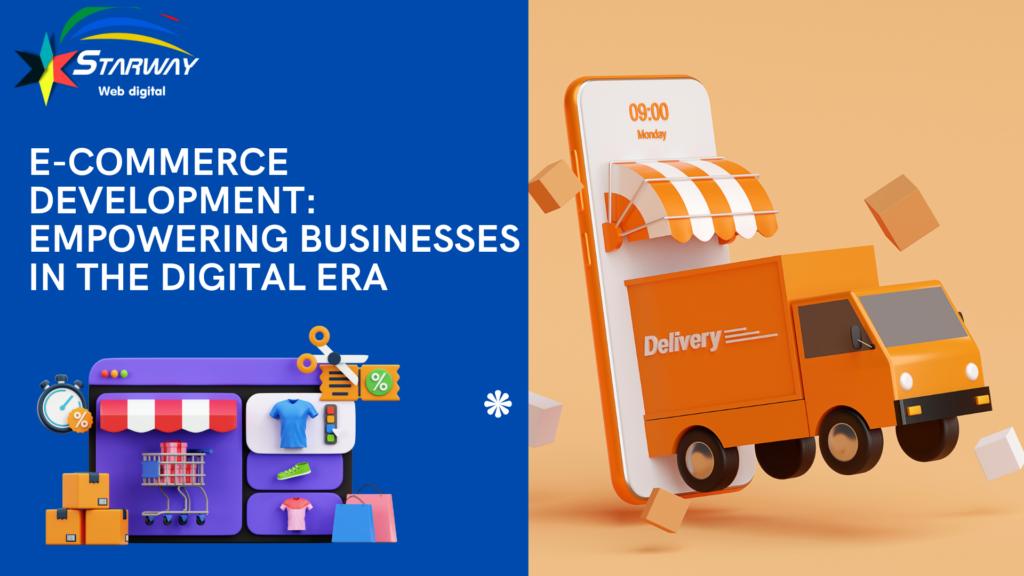E-commerce Development: Empowering Businesses in the Digital Era
In today’s digital landscape, the significance of e-commerce development cannot be overstated. As more consumers turn to online shopping for convenience and variety, businesses must adapt and thrive in this competitive environment. E-commerce development encompasses the creation, maintenance, and optimization of online stores, ensuring seamless transactions and engaging user experiences. Understanding E-commerce Platforms Selecting the …
E-commerce Development: Empowering Businesses in the Digital Era Read More »


